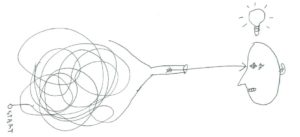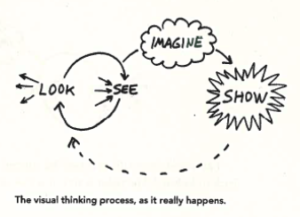Pathways to Accomplish Goals
Life is jam-packed with agendas and timetables. It is all designed at attaining certain goals so that we can measure our triumph. Be it students, young professionals, entrepreneurs, or CEOs, regardless of title and age, each person has goals to achieve.
What is your goal? Travel to your desired destination, lead a team, realize a milestone in your profession, top an exam, learning at a reputed college, pursue an interest, be an innovative entrepreneur or simply develop a yoga posture correct? Whatsoever the goal, it involves a certain level of thought, preparation, designing, and execution. Nonetheless, the question is how to achieve these goals? Let’s dig deeper into exactly how you emphasis on your goals and accomplish them.
Focus on the following pathways to attain your goals:
- Discover the 3Rs of goals – Relevant, Rational and Realistic.
Relevant: Make sure that the goal you have fixed for yourself comes out to be useful once you attain it.
Rational: Target for something viable and attainable. Let’s say your objective is to visit the moon in the coming few years. Has there been a spacecraft developed for the common public? Or do you plan to be a cosmonaut? If none of these, then do not put yourself up for dissatisfaction.
Realistic: Aiming realistic goals is conceivable when you do an analysis of your SWOT (strengths, weaknesses, opportunities, and threats). Noncompliance with impractical goals will only discourage you.
- Set minor sub-goals.
Goals are long term, with time limits that are years away, instigating you to be slack and relaxed now making you unsystematic and unplanned. Building smaller targets will make the main goal look more attainable and will also give you a sense of path and perseverance, and reinforce your focus on your long term goal.
- Nurture common interest groups.
Be in an accurate environment. For instance, if you want to be a successful entrepreneur, join entrepreneurial/start-up groups. These groups can share their valued experiences and skills. Further significantly, they can motivate when you are unenthusiastic and dispirited.
A goal initiates as a dream. Therefore, it is vital that you dream and visualize. Nevertheless, without a design and some strategy to act upon, it will stay a reverie. Remember that a goal worth attaining will implicate certain changes in you. Eventually, the effort essential for realizing goals is a blend of vigor and skillfulness. You will have to discern and discover your distinctive capabilities.
Dr. Rachna Madaan







